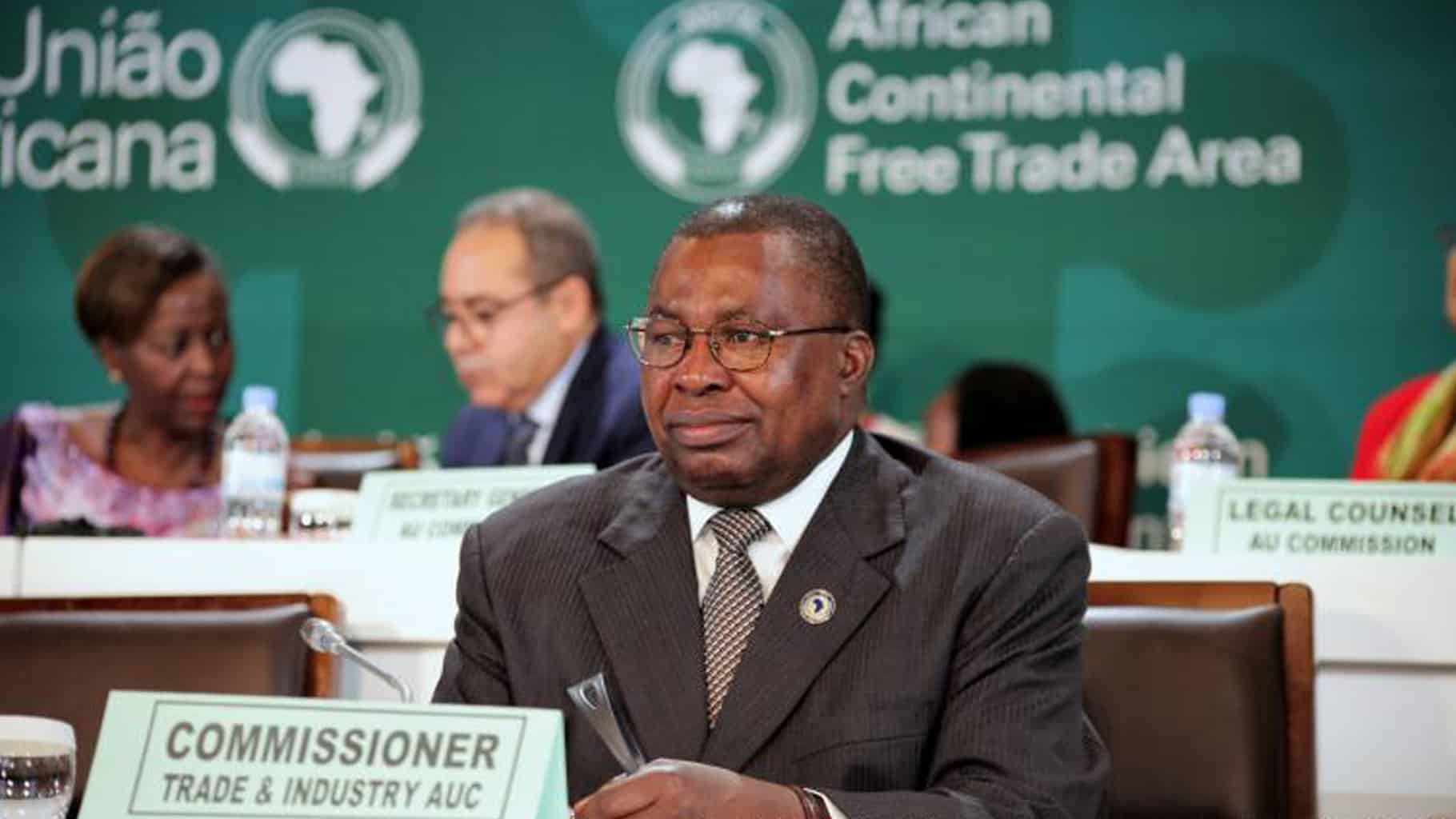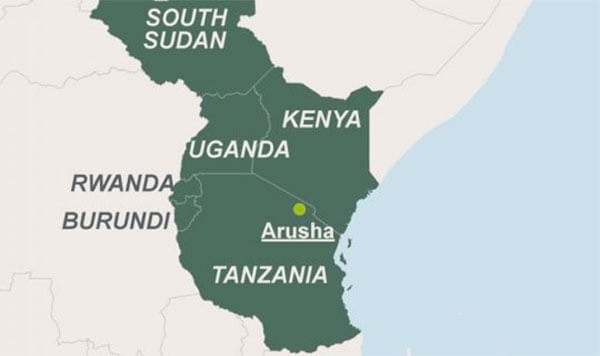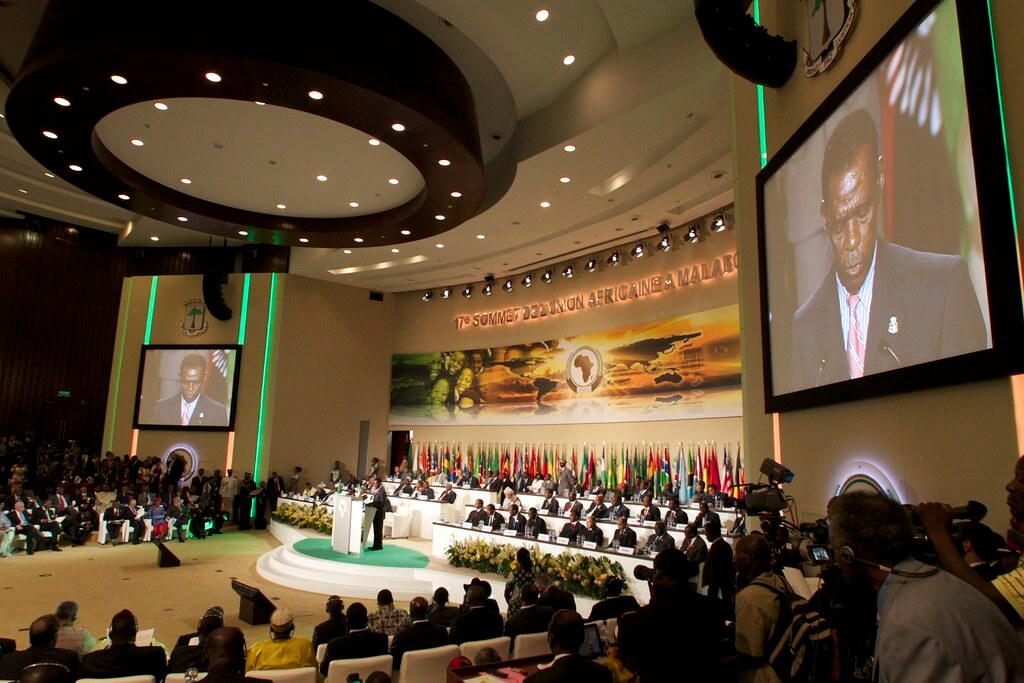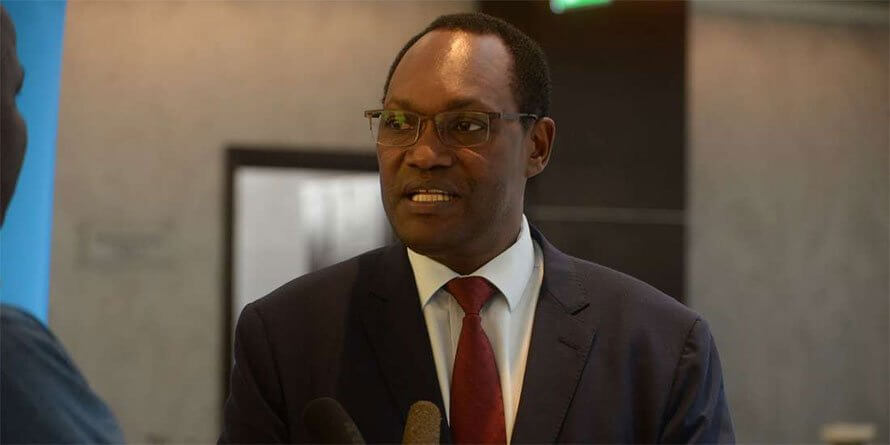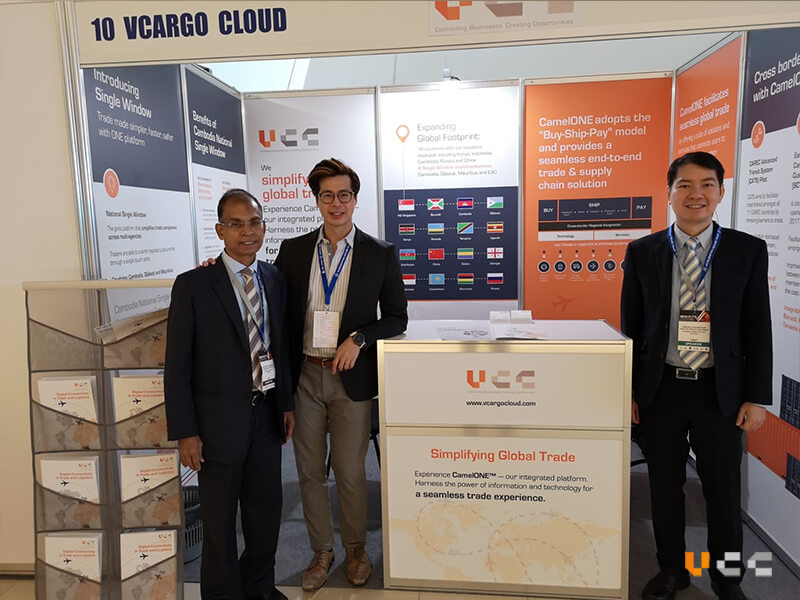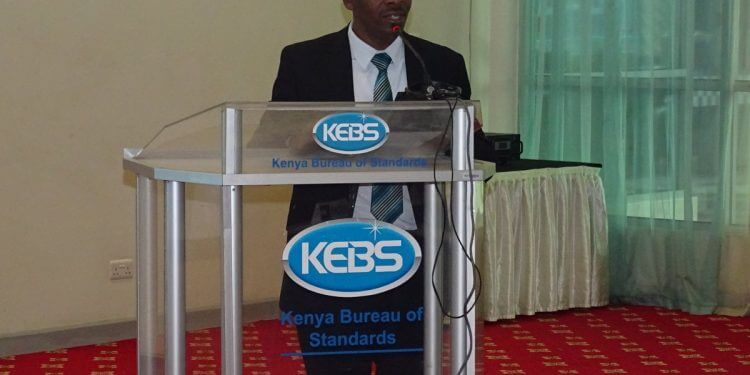The Sh3 billion face-lift of Kisumu Port has begun in earnest as the government seeks to restore the once vibrant East Africa hub to its glory days. The renovation of the port is meant to allow bigger vessels to dock in Kisumu to enhance trade with neighbouring countries. The renovated port is expected to be officially commissioned by President Uhuru Kenyatta, Yoweri Museveni of Uganda and Felix Tshisekedi of DR Congo in August. Interior CS Fred Matiangi toured the facility on Friday and said it will create more employment and business opportunities. The government has already released Sh500 million for the face-lift with the remaining Sh2.5 billion to be pumped in soon. Matiangi toured the port to inspect ongoing works. He is expected in another tour in the company of Transport CS James Macharia in the next two weeks. “The President has ordered that we pull out all the stop, including different authorities like Kenya Railways, Kenya Ports Authority, National Youth Service, Kenya Navy amongst others, so that we clean up this place. it will be revamped and people will get employed,” Matiang'i said. On June 14, President Uhuru Kenyatta and ODM leader Raila Odinga took a discreet, impromptu tour of the port to check progress of construction works. the two leaders were also at the port in January. “We were here with the President and Raila Odinga who told us that this place was vibrant in the early years but neglection led to its poor state today. The ongoing...
Sh3 billion face-lift of Kisumu Port takes shape
Posted on: June 27, 2019
Posted on: June 27, 2019


